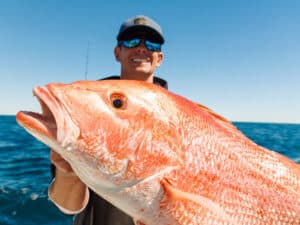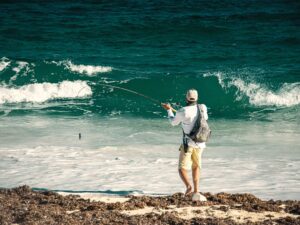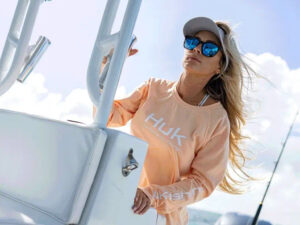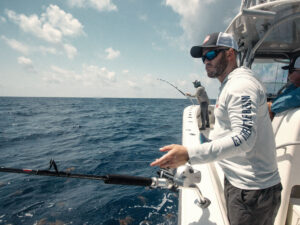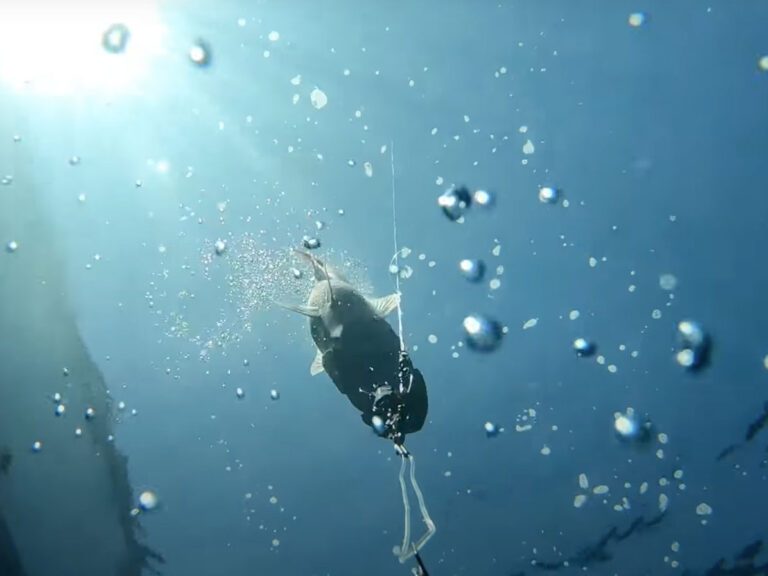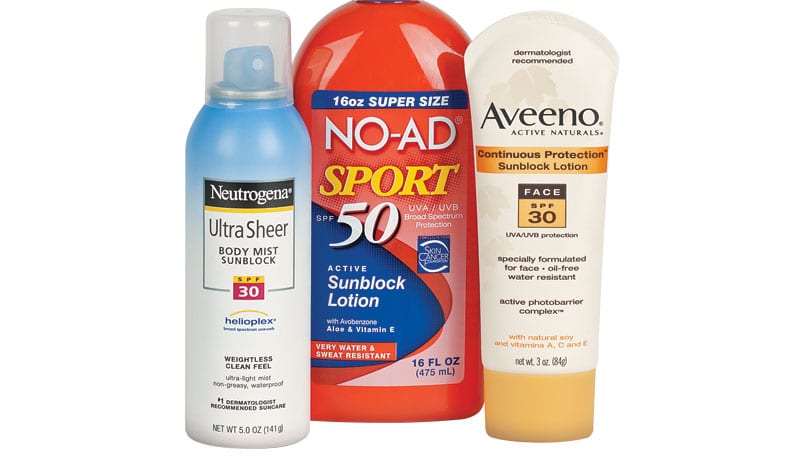
sunscreen
Hindsight is always 20/20. Growing up 45-odd years ago, I didn’t consider it officially summer until I suffered through a sunburn the shade of a boiled Maine lobster. But pain and blisters are inspirational — I finally wised up. Today a thorough coating of sunscreen is part of my ritual before I ever reach the water. My ears, nose and lips are on a first-name basis with zinc oxide. And I won’t set foot aboard a boat without a hat and polarized sunglasses.
Yet even with all that protection, I’m still cautious about the damaging effects of the sun. They’re one of the hazards of our sport. I recently talked to Dr. Pam Kennedy, a fellow of the American Academy of Dermatology, about how anglers can minimize the risks of skin cancer and premature aging. Kennedy earned her medical degree from the University of South Carolina and completed her dermatology residency at Texas Tech University. She has been practicing in Tallahassee, Florida, for the past 10 years and counts many avid anglers among her patients.
“Complete avoidance of sun exposure at peak hours is ideal but not an easy task for anglers,” she explains. “For my patients who participate in activities where sun exposure is unavoidable, I like the Australian mantra ‘slip, slop and slap,’ or slip into sun-protective clothing, slop on the sunblock and slap a hat on.”
Kennedy is a big fan of physical sunblocks versus chemical sunscreens. Her rationale? Most sunblocks use zinc oxide or titanium dioxide to physically block the sun’s rays. Chemical sunscreens instead capture ultraviolet rays and convert them into heat to prevent impacts from the sun. Many different chemical ingredients are used in screens, and some can degrade, wash off or cause topical skin irritation or allergic reactions.
“Due to the wide variety of ingredients used in sunscreens, some can be less effective in blocking not only UVB (ultraviolet shortwave) rays, but also UVA (ultraviolet long-wave) waves,” Kennedy says. “However, I appreciate that I have angling patients who prefer chemical sprays and gels to liquid mineral blocks, and as long as they’re absent irritaion, I don’t discourage them from using their preferred sunscreen.”
Last summer the U.S. Food and Drug Administration announced several changes to sunscreen labels. Under the new rating system (enforcement is pending), screens can be labeled “broad spectrum” if they protect against both UVB and UVA rays. The previous system was based on the effectiveness of blocking UVB rays only. Screens with a sun protection factor (SPF) or laboratory effectiveness rating of 15 or higher can be advertised as reducing the risk of skin cancer and early skin aging when used as directed. But claims of “waterproof” or “sweatproof” are gone under the new system. Instead, the labels will specify the amount of time the product will last while the user is swimming or sweating.
Historically, sunscreens had to show measurably higher effective rates in blocking UVB rays to earn higher SPF ratings. However, as the ratings go up, the increase in the percentage of UVB rays blocked is not linear. For example, SPF 15 blocks approximately 93 percent of all incoming UVB rays, SPF 30 blocks 97 percent and SPF 50 blocks 98 percent, reports Kennedy.
“Obviously, I’m for as much protection as one can get, but I don’t want my patients to think they’re buying more than twice the protection with a SPF 70 product versus a 30 SPF,” she says. “I do recommend using at least a 30 SPF sunblock, but whether you use a 30 or 70, regular reapplication is wise.”
Kennedy recommends applying a generous coating of sunblock before any exposure and then reapplying more every two hours at a minimum. Coverage should include all exposed skin, especially the ears and the back of the neck and legs.
SPF-rated clothing offers enhanced sun protection. Tighter weaves block rays more effectively than loosely woven or see-through fabrics. Quality polarized sunglasses are another valuable tool. Excessive sun exposure contributes to the development of cataracts, and not only do polarized lenses block harmful UV rays and allow better vision into the water, but wearers squint less, which slows the development of wrinkles.
“As much as possible, I would advise anglers to avoid peak sun hours between 10 a.m. and 4 p.m.,” Kennedy says. “Early morning and late afternoon trips lower anglers’ cancer risks compared to those taken during the peak hours. Another good way to avoid sun damage aboard the boat is to find shade, be it under a T-top, Bimini top, salon overhang or even an umbrella. Be aware, though, that without sunblock, you can still be exposed to harmful rays reflected off the water.”
Kennedy says the frequency that anglers should be examined for possible skin damage depends on multiple factors, including an individual’s own cancer history, as well as family history of skin cancer. Those diagnosed with basal or squamous cell carcinomas should, at a minimum, schedule a checkup annually. Patients diagnosed with melanoma should be checked every three or six months, depending on the severity of the disease. And dermatologists are almost always better qualified to accurately diagnose possible skin cancers than a general practitioner.

